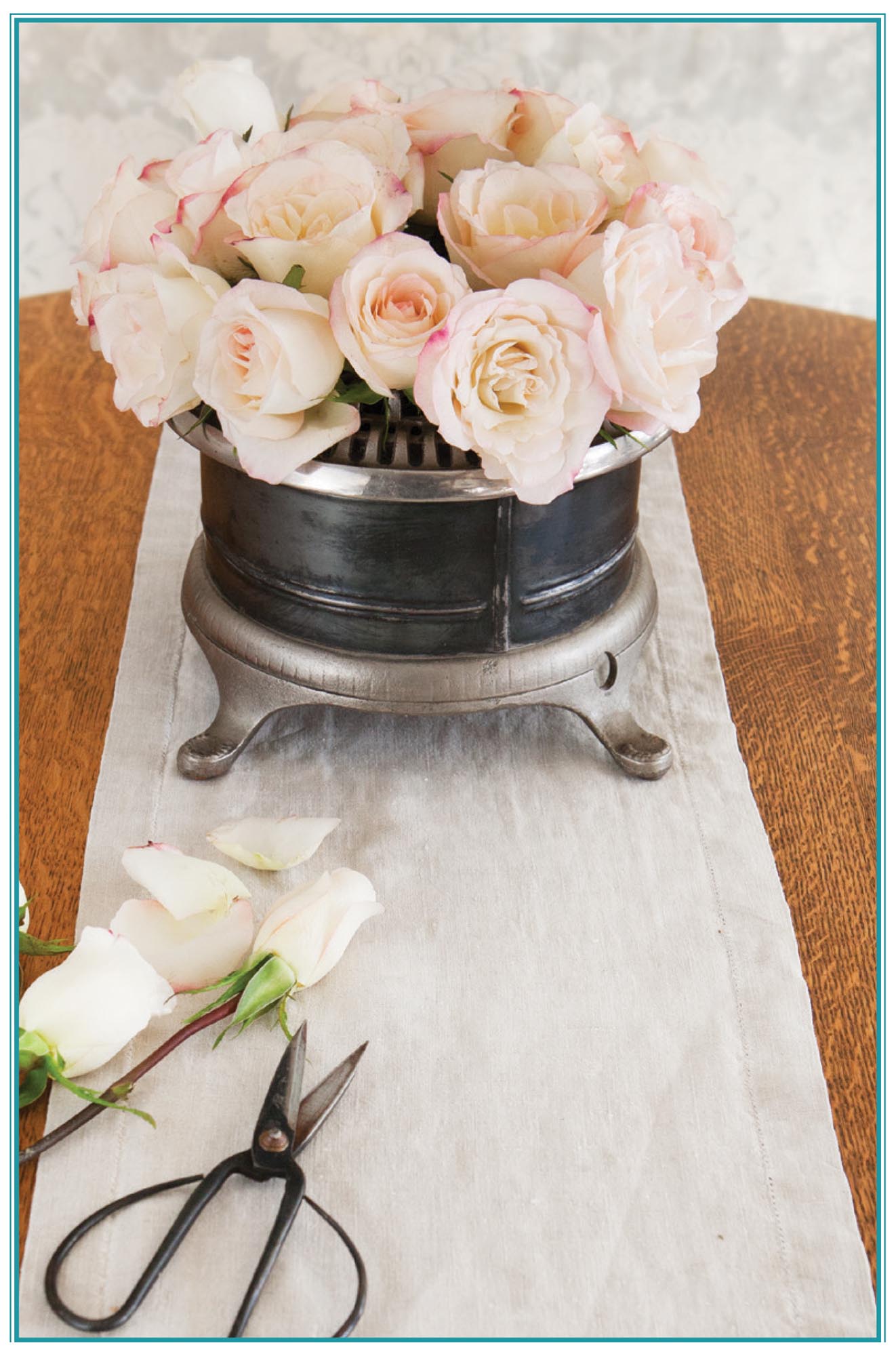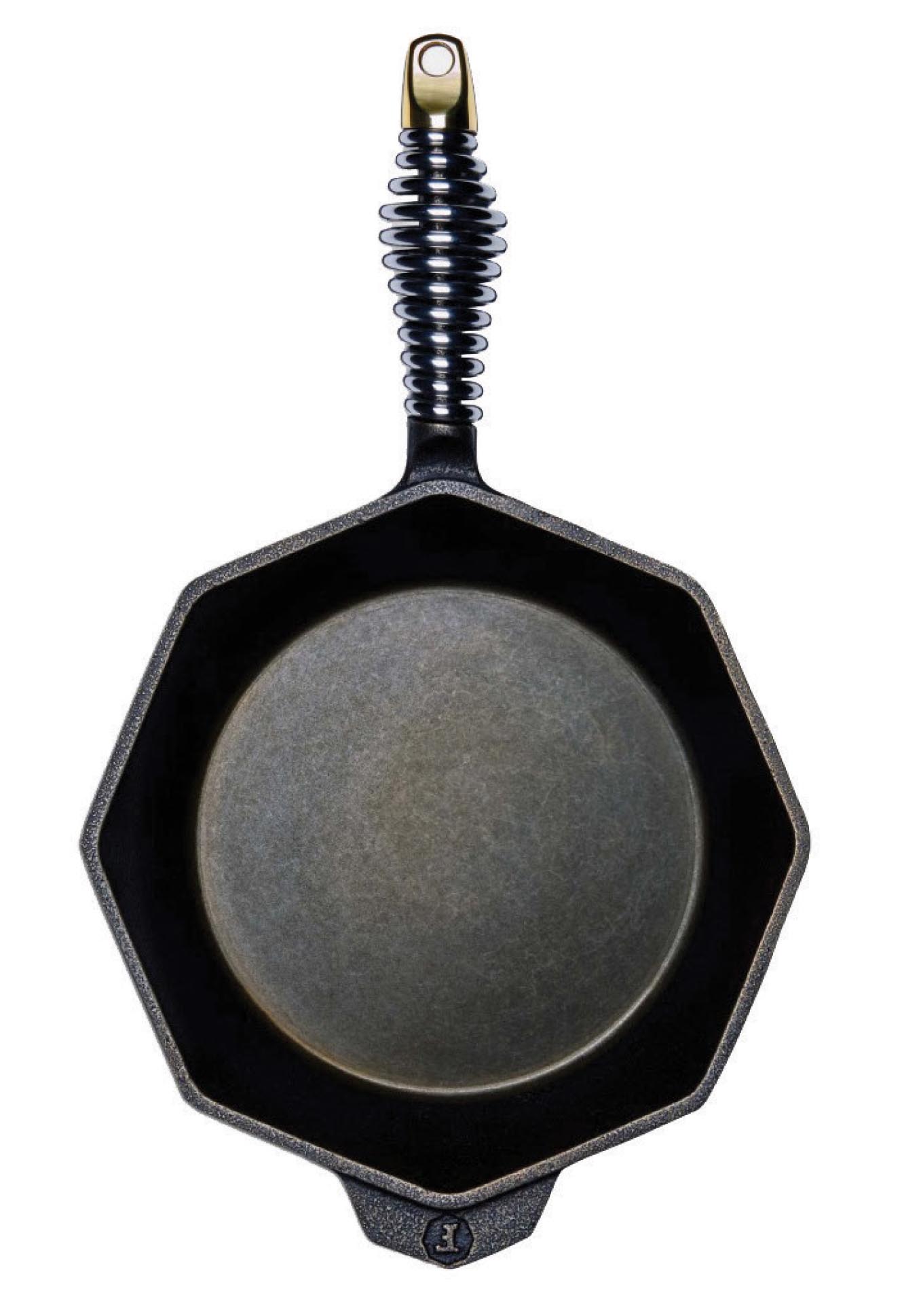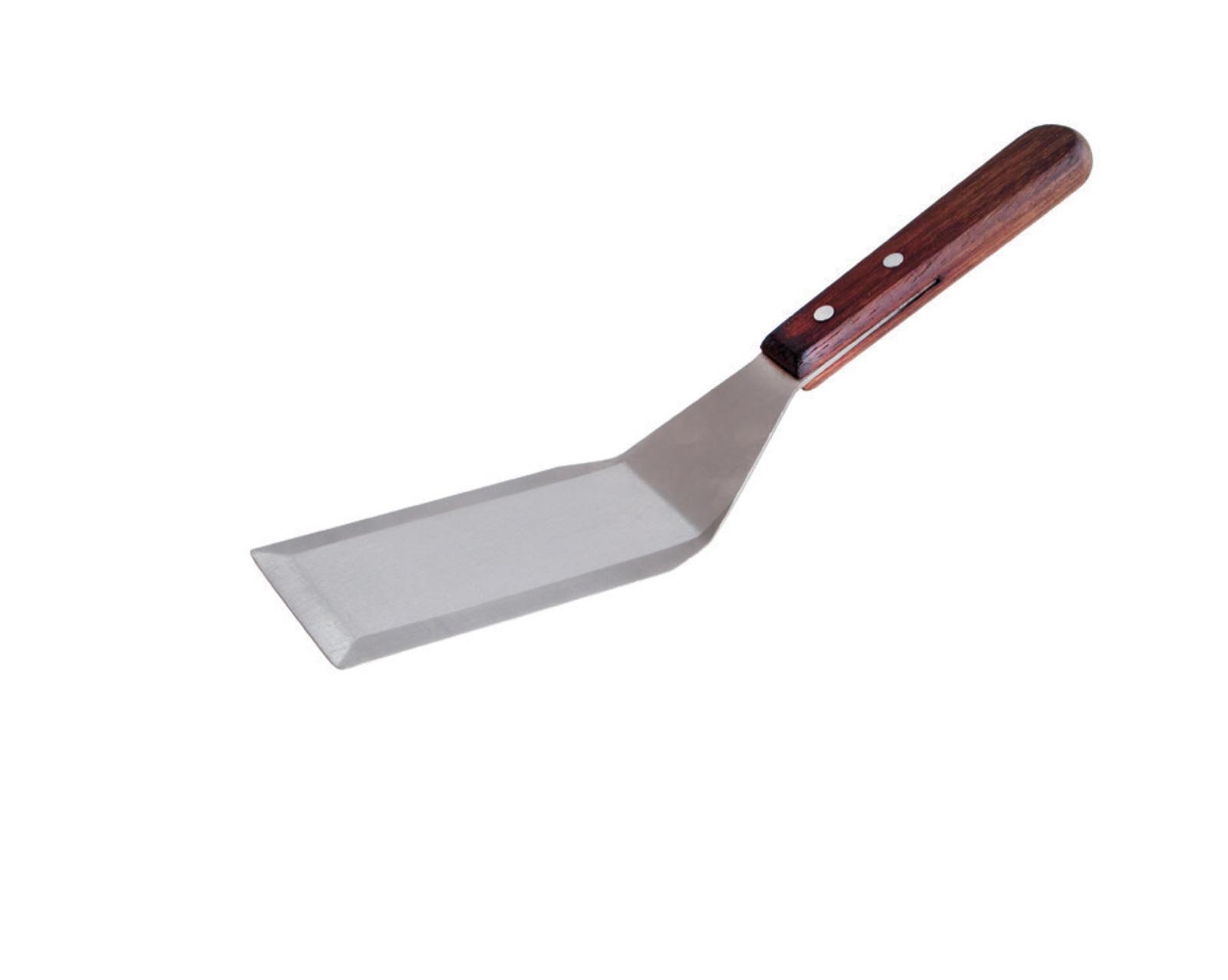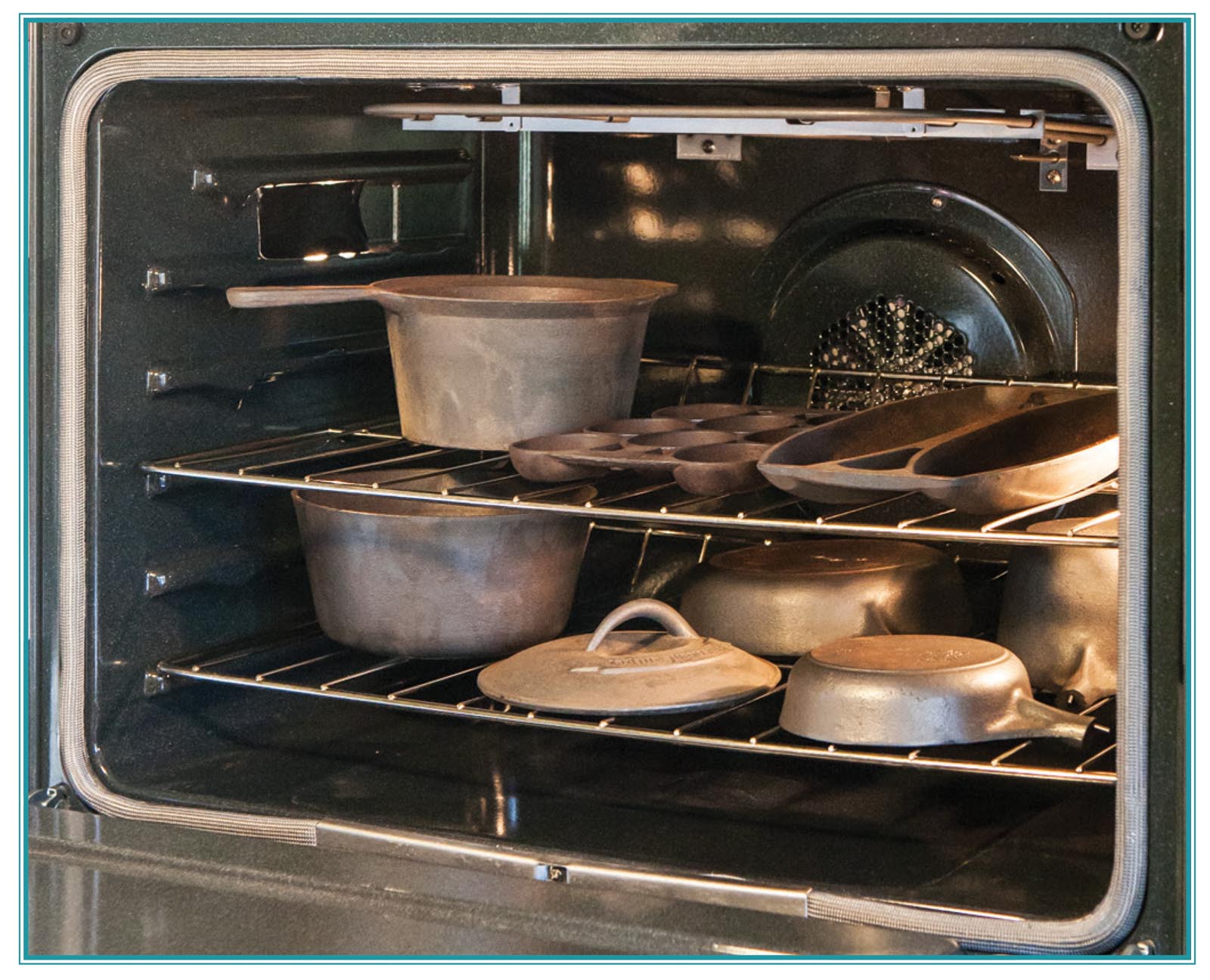Q: I have a chipped piece of enameled cast iron. Can I still use it?
A: If you look closely at a chip, it’s surrounded by little shards of what look like glass—the outer coating. If the edges continue to deteriorate, they might end up in your food. There are repair kits available, but they only work if the piece isn’t used at higher cooking temperatures. When I come across a chipped piece, I retire it from food by turning it into a storage container, flower vase, or prized collector’s item.

Q: Is there a brand of cast iron you recommend?
A: Founded in 1896 by Joseph Lodge, Lodge Manufacturing is one of America’s oldest cookware companies still in existence today. Its foundry in Tennessee has kept up with current cookware trends (like their new assist handle) and their products are readily available. Rather than divulge the actual number of Lodge pieces I have, let’s just say I’m a good customer of theirs.
Le Creuset is a French cookware manufacturer best known for its colorful enameled casseroles and Dutch ovens, which the company calls, you guessed it, “French ovens.” Staub is another French company that produces enameled cast iron, most notably the mini cocottes pictured on the back cover. FINEX is an up-and-coming cast-iron manufacturer in Portland, Oregon, specializing in heirloom-quality cookware made in the USA. The octagonal skillet they make is gorgeous. Stargazer, based in Allentown, Pennsylvania, also produces cookware made in the USA. I love the smooth surface on their cookware! Check them out, in addition to Borough Furnace in Syracuse, New York; Marquette Castings in Royal Oak, Michigan; and Smithey Ironworks in Charleston, South Carolina. All of them are exciting, new manufacturers helping to bring back heirloomquality cast-iron cookware. There are a variety of brands like Camp Chef and Coleman that import cast-iron cookware. If you’re going to be using a ceramic stovetop, check first to make sure that what you’re thinking about buying doesn’t have a raised logo or circular ridge on the bottom of the pan that prevents it from making good contact with your stovetop.

FINEX skillet
Q: Is it true I get a dose of iron whenever I use my cast iron?
A: It depends. If you keep it properly cured, your food isn’t coming into direct contact with the cast iron. However, consistently cooking with undiluted acidic foods for prolonged periods of time will strip the curing, resulting in a slightly metallic taste, or without any curing at all, a skillet full of discolored food. In general, a little acidity diluted with other foods is never a problem. Avoid straight doses of lemon juice, vinegar, or wine.
Q: Can I use metal utensils on my cast iron?
A: Yes, of course! Metal spatulas and spoons work fine, but no sharp knives, ever. They’ll cut through your layer of curing. In fact, my favorite cast-iron tool is a fine-edged, stainless-steel spatula.

Q: How does cast iron compare to a traditional stainless-steel skillet in terms of heat retention?
A: Cast iron isn’t quick to heat up like stainless steel or thin-skinned nonstick pans, but once it’s up to temp, it holds the heat much longer. It has very high volumetric heat capacity, which means once it’s hot, it stays hot. It also has high emissivity, or heat radiation. In other words, when you’re cooking in it, you’re not just cooking the food in contact with the metal, but the food above is getting cooked, also. This is important for things like searing meat or roasting a chicken. Cast iron sends its heat in all directions, which is why it’s such a joy to use and why it gives you such incredible crusts.
Q: What about cast iron and ceramic stovetops? I’ve heard you can’t use cast iron if you have a ceramic stovetop.
A: In order to dispel that myth, most of the recipes in this book were cooked on a ceramic stovetop. Our first test kitchen had a gas range, but when it came time to get our newest kitchen up and running, we also installed the most commonly sold range, a GE freestanding range from Sears with a ceramic stovetop. Can a test kitchen really be a test kitchen if you use an expensive designer range that’s out of reach for most people? We didn’t think so.

Vintage cast iron, ready for scrubbing and curing after being put through our oven’s self-cleaning cycle.